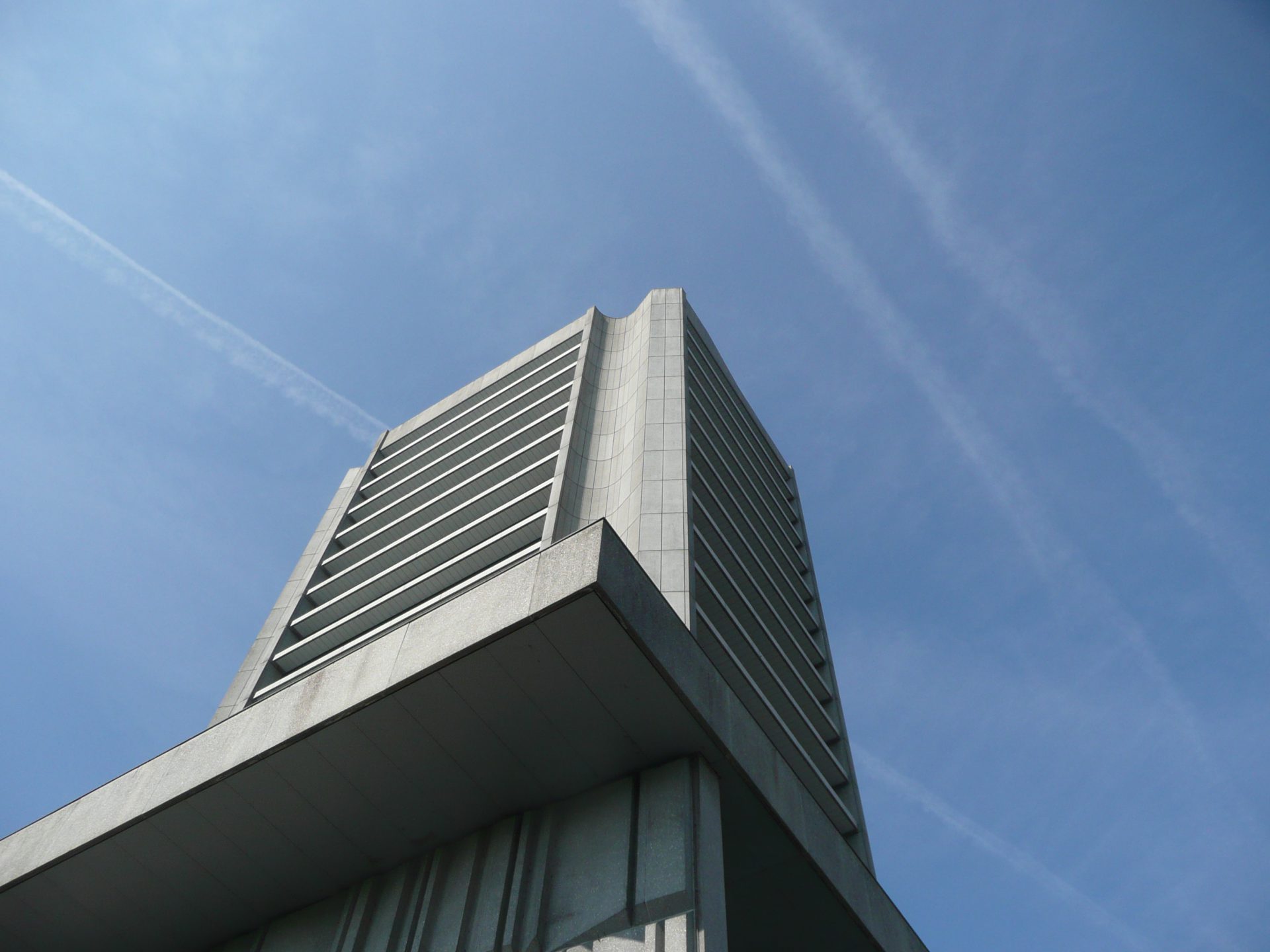What is concrete degradation?
Concrete damage is frequently referred as concrete degradation, but what is actually concrete degradation? Concrete damages can be cause by diverse reasons, like frost or fire, and manifest itself in different ways, like cracking or spalling. In most cases reinforcement corrosion is the main reason of the damage. This is still the most frequent cause of the reduction of the concrete life.
Structures are loaded with compression and tension stresses. Concrete has high resistance against compression forces, but it easily brakes under tension forces. In order to support tension stresses the concrete is reinforces with steel bars.
It is well known that steel exposed to the air gets rusty. Rust or, actually corrosion, is caused by the reaction of iron (Fe) with oxygen (O2) and water (H2O).
Normally steel reinforcement gets in contact with water as well as with oxygen. However, corrosion does not occur. This is because of the high pH (low acidity) of the concrete. The high pH value (pH 12-14) prevents the corrosion of the reinforcement by creating a passivation layer on the surface of the steel, which protects against further corrosion.
This passive layer of the steel reinforcement can be broken in two ways:
By penetration of carbon dioxide (CO2) from the air;
By ingress of chloride ions (Cl-) from seawater, thaw salts or other chloride-containing solutions.
The result of corrosion in the reinforcement is that it becomes thinner and thinner, so less steel is available for the absorption of the tensile stresses in the concrete structure.
This porous rust product created has a larger volume than the original steel. Then the concrete around the reinforcement (cover) breaks. We also call this carbonation-initiated reinforcement corrosion.
In the case of corrosion as consequence of the penetration of chloride ions, the corrosion may occur very locally, which can reduce the diameter of the reinforcement in a determined spot. This corrosion creates a soluble rust product, which often gets detected at a late stage by brown (rust) stains on the concrete surface. We also call this chloride-initiated reinforcement corrosion.
Concrete degradation, or actually reinforcement corrosion, can make parts to fall which causes dangerous situations. In addition, the protective layer of concrete around the reinforcement disappears, increasing the corrosion. The diameter of the reinforcement reduces, and the concrete becomes less resistant against tensile stresses, which can compromise the integrity of the structure.
The corrosion process
The corrosion of the steel reinforcement is an electrochemical process, in which iron dissolves into the pore water of the concrete as iron ions, leaving electrons in the steel.
This release of electrons is an oxidation reaction. The substance where the iron atoms dissolves is called anode.
The electrons released in the substance where iron dissolves are consumed in another place on the steel surface to convert oxygen into hydroxyl ions.
This is called the cathode (O2 + 2H2O + 4th-→ 4(OH)-).
The hydroxyl ions react in the pore water with the released iron ions to form a hydroxide (2Fe(OH)2) precipitation. By the oxygen, the iron hydroxide can be further oxidized into iron oxide (Fe2O3), popularly called rust.

